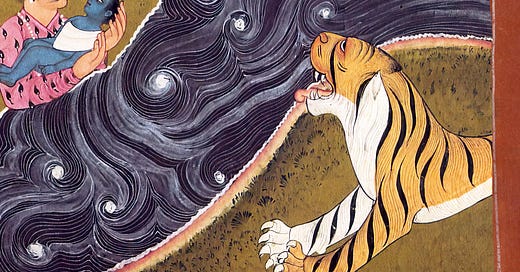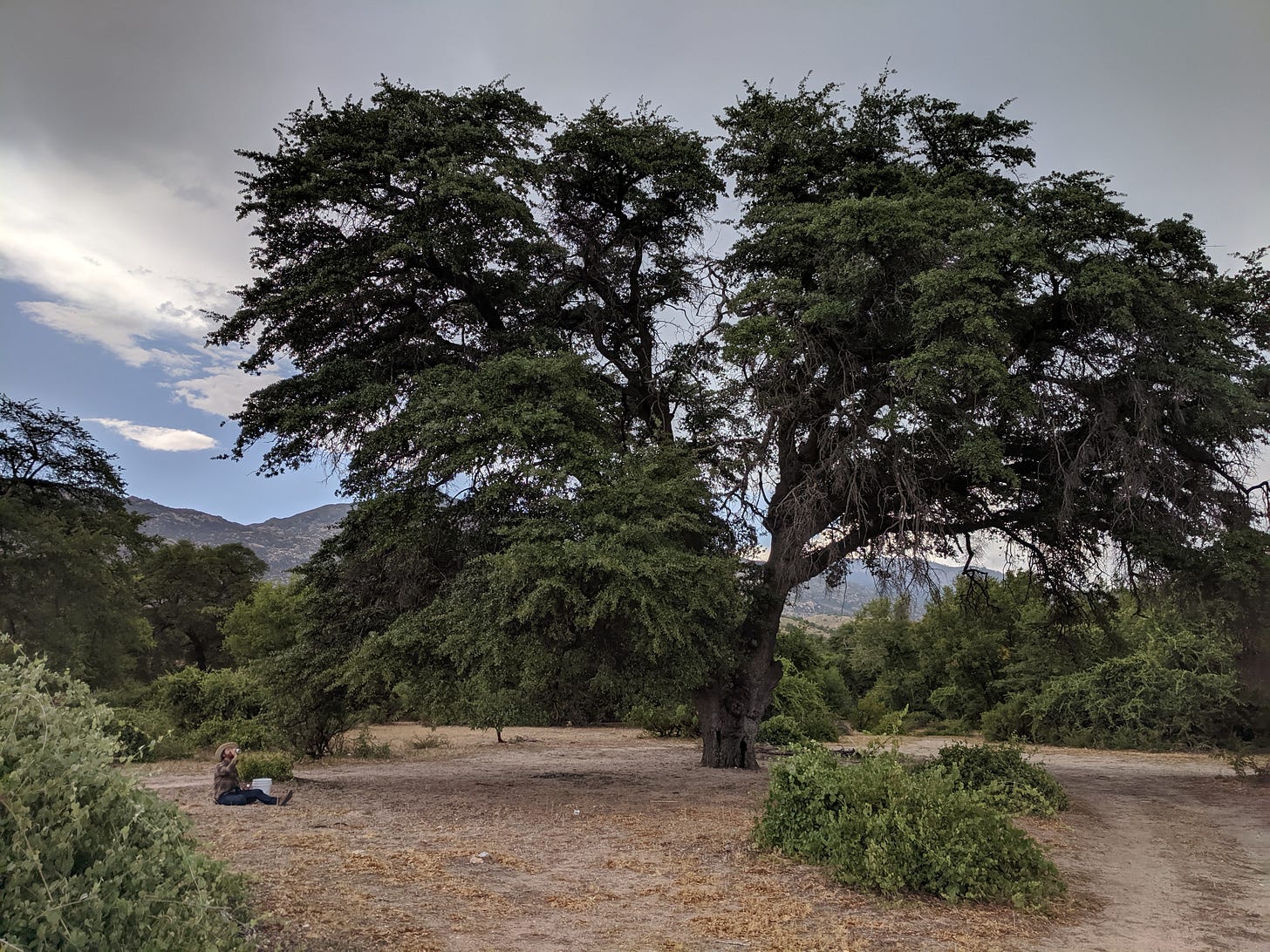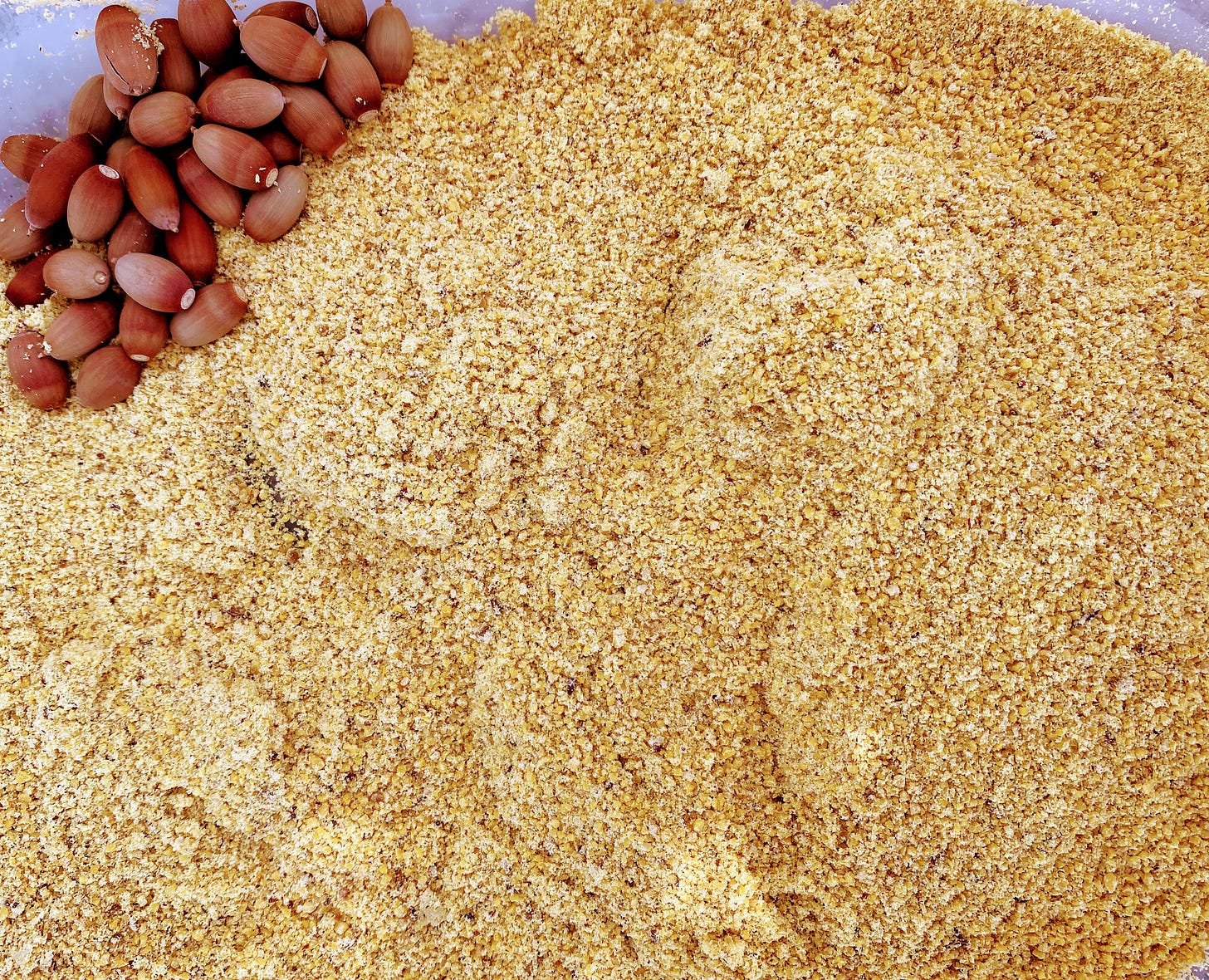Bioregional Herbalist Musings
Field excursions to backyard gardening, the bioregional herbalist is always patiently observing...& pondering...
What is the scientific method other than patiently observing, asking curious questions, and posing scenarios in which one’s observations are put to the test?
Well, in my opinion, not much other than that, in the simplest terms.
But for me, the patient observation part can be long and drawn out over seasons and seasons, years and years, decades and decades.
On one side of the coin, so to speak, there are endless ponderings to be made which may produce little to no conclusive answers, within a given amount of time.
And on the other side of this proverbial coin there’s the tendency to desire conclusions midstride, before enough information has come in to adequately consider the big picture.
That all said, the Vitalist in me sees and believes that we are part of a fluid paradigm in which the extremities, or outlier situations and timeframes, as a rule of thumb, become undone and new phenomena eek themselves out at these margins.
So is this the evidence of a changing paradigm or a deeper truth yet to be revealed until now?
Perhaps.
From the human perspective, it is, well, all about perspective. IF it matters to you to come to a conclusion then that will spur you on to come to a conclusion.
IF you’re open to considering more information to see how another layer of this onion is shaped, then you may not rush to conclusions and feel quite comfortable with this, even excited at the possibility of a new turn of events that sheds more light.
The Ferryman
In the middle, there may reside, Vasudeva, Siddhartha’s ferryman. In American pop culture parlance, “the Dude abides.”
Just as Vasudeva taught the young, noble Siddhartha to listen, the plants, too, teach the budding herbalist to sit still, allay your thoughts and worries, catch the current of the river with your mind’s attention and move into the flow.
Although there are challenges, or dangers, beneath the waters (our subconscious) we must encounter them in time, feel the feelings as they exist within us and release or move it forward in some way that our creative capacity allows for.
The plants do work with us in this way, in various ways, in fact. Reflecting to us what resides within, through creative form or narrative, softening the obstructions so as to allow for movement forward, awakening what has slept over due course to coax it towards the surface, or to challenge our limiting beliefs about ourselves that, once confronted, may unlock deeper stories of who we truly know ourselves to be.
Mighty Oak
I sat beneath an old oak recently watching the sun set to the west while the sky was alight with firey electricity to the east behind me. ‘These oaks sit in great patience’, I thought. Am I to think myself so patient as to sit and watch one sunset when these old oaks have watched 10s of 1000s without ever moving from their place on the Earth?
The oak is one of my most revered trees. When I think of going to the forest to do ceremony, I most frequently envision the oak first and foremost.
The oak is generous. I may visit the oak, make my offerings to the oak, spend time with the oak, and while listening to the oak be guided to go and visit another tree that is most appropriate to my current needs in my growth and healing process.
There is a brief message, then a knowing, then a space of silence in which to accept it within myself if I am prepared to do so. This is the oak’s generosity.
The oak is generous to us in many ways. I would imagine that there has been no more preferred homeland amongst the collective humans of the northern hemisphere for millions of years than an oak woodland for all it provides, in enduring fashion.
For example, the acorns…
The abundant acorn crop that oaks may produce may now be seen as a nuisance or a mess, and if so, this is quite sad. At best, most humans today may appreciate the acorns as animal fodder, whether wild or domesticated.
The truth is that this was once our most important food as humans of the northern hemisphere. Somehow we’ve forgotten this. We’ve forgotten what was once our most important food, the population of the northern hemisphere. We forgot.
If such a simple, vulgar thing as our most common foodstuff has been forgotten, I like to say, then what else have we forgotten? how much more could we have forgotten? So much, so much.
Yet some of us have not forgotten, and that is entirely amazing to me. It’s as if a tribe once split in two, thousands of years ago, one half going east, the other going west. They once held all ceremonies or rituals or sacred concepts in common but as they bifurcated, then continually splintered into smaller and smaller bands many forgot what they once knew. Then most forgot. Then all forgot but one. One group held on to a piece of sacred knowledge that was once held by all. This group did so humbly and did not try to convince anyone else of the majesty of what they held true. They simply did so with honor and authenticity.
If the sacred item was the acorn and the sacred ritual its gathering and application in various sacred ceremonies, then the splinter group would be the Western Apaches. They have held onto this concept of the oak and acorn as a primary sacred objects in a way that none others have to my knowledge.
What I had discovered through research and had intuited through working with acorns and spending time with oaks was not yet validated for me in the real world by other humans until I met an Apache woman that upon learning of my appreciation for wild foods stepped away to quickly return with a zip lock bag of freshly ground Emory oak acorn flour.
This woman returned to face me, solemnly, holding out before her a gallon zip lock bag of Emory oak acorn flour (pictured above), and as she gestured to me with the bag she said, “These acorns are not just food for us. They are life.”
And she did so with such solemnity that I could feel the spirit of her message in a way that carried more feeling than the simple words she spoke. She spoke them from her own soul, and the soul of her people. There was urgency in the humility as well as this space they were camped in has been threatened by destruction by the proposed mining expansion in the area. The Apache are currently taking this message across the US on a Prayer Journey on their way to the Supreme Court to speak out on behalf of their ancestral relationship with the oaks and the acorns.
At one time, long, long ago, we all were united around the oaks. Perhaps we knew each other, across great distances, across oceans, somehow, through the living oaks through our observance of and relationships with the oaks in deep consciousness.
In a world of internet, social media, gaming, porn, mass brain washing, denaturing of food, false beliefs systems keeping ourselves in fear, faux legal systems usurping our inherent God-given sovereignty putting most minds in fear and subservient to something other than Creator, is it any wonder why or how we’ve forgotten what we once ate, let alone who we are, where we came from, or what we once revered and held as sacred?







Thanks John. Every time I walk by an Oak here in Portland, especially an old one, I feel my roots and connections deep into all. It is both humbling and uplifting.